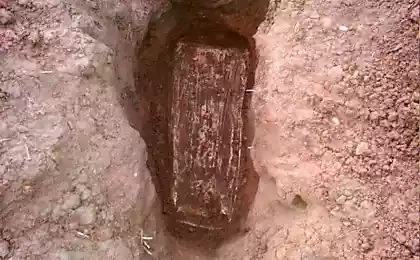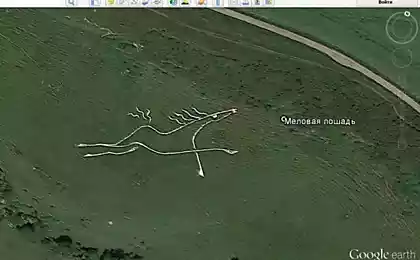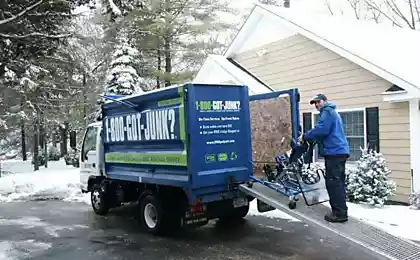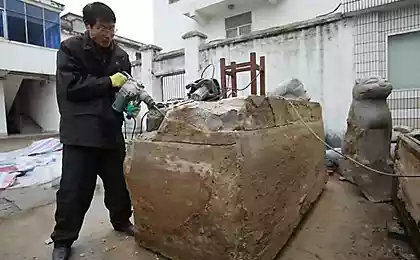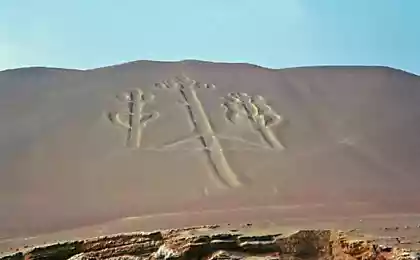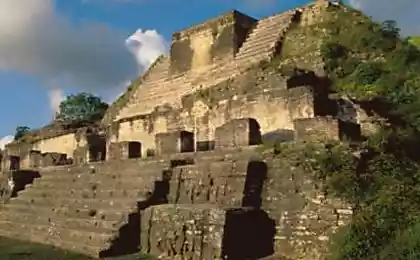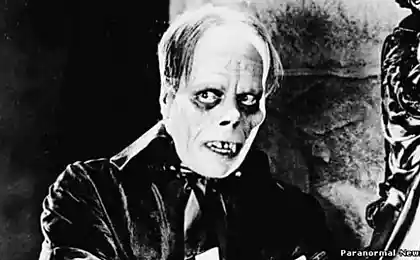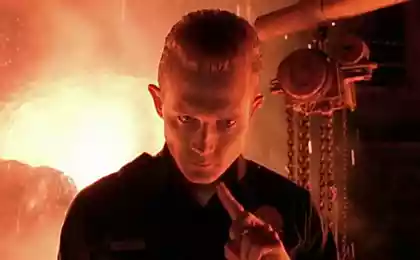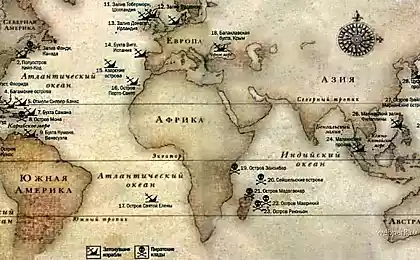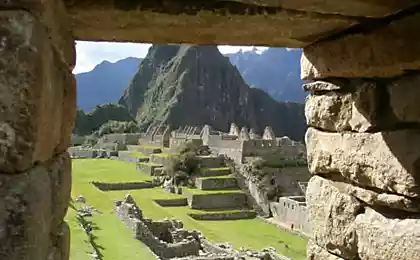955
Archaeologists have found in Peru 1,000 years of burial
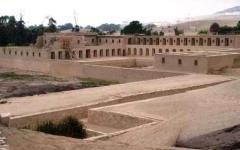
A team of archaeologists from the Université libre de Bruxelles (ULB) shook the scientists discovered the burial - burial ground, where they found the remains of more than 80 people of different ages
This finding temporarily dated about 1000 AD. e., it has been made in the city of Pachacamac (Peru), which is likely to soon receive the status of UNESCO World Heritage Site.
Pachacamac, located on the Pacific coast, about 30 km from Lima, is one of the biggest predlatinoamerikanskih sites in South America. Professor Peter Ikhut behalf ULB conducted archaeological research in this area over the last 20 years. Season excavations began in 2012 particularly successful research has led to a series of remarkable discoveries.
The project team worked Ychsma excavations and mapping series Inca burials. Also at their disposal was an ancient cemetery that was discovered during research in 2004.
It was here, directly in front of the temple of Pachacamac, it was made the most important discovery. Among the later period burials was found a huge burial ground 20 meters long. It's amazing that this place remained after the looting of the colonial period, which were particularly intense in the area.
The grave has an oval shape, is underground and has a roof made of reeds, which rests on carved pillars made of tree trunks. The bodies of 12 newborn babies and children up to 7 years are located on the perimeter of the burial ground, their heads are oriented toward the center of the grave. Home burial chamber is divided into two sections by a wall of mud bricks, it served as the basis for yet more graves.

Excavation of the burial ground.
Inside the chamber, archaeologists discovered the remains of 80 skeletons and mummies, many of whom have a good state of preservation. All the bodies found in the peculiar position of the fetal position. Scientists have determined that the body in the cemetery belong to the people of both sexes and all ages. Children and infants make up a large part of burials. With people found the bones of animals (dogs, guinea pigs), pottery, copper and gold artefacts, masks (or "false head") of painted wood, calabashes, pipes and so on. D. All of these items, as well as remains of animals It is currently the object of analysis and restoration.
A team of anthropologists who worked in Pachacamac, led by Dr. Lawrence Owens (University of London) found that there is a possibility of kinship between the many people whose remains were found in the cemetery; it was established on the basis of certain morphological characteristics typical of the skeleton. Obviously, each of the buried was incompatible with the life of the physical injury or death from severe illness.
Previous work group Ychsma proved that the population of Pachacamac, judging by the found bodies were spread disease. Data analysis and evidence found in the sources of the Incas, have allowed scientists to suggest that the infected or wounded people went in search of healing to the excavation site, which could be a temple or any other kind of sacred place.
Professor Ikhut and his colleagues are currently engaged in laboratory research in order to get answers to many questions that have arisen in connection with the discovery as well as to obtain general information about the life of the Incas, in the context of the historical period. The most important issues for scientists are: whether babies sacrificed? Is a mass burial chamber once or create and fill in a long time as a kind of crypt? People arriving in the "temple place" of Pachacamac or from more distant places? Buried there belong to the same family or distantly related groups? What is the cause of their deaths?
Artifacts found in the cemetery date back to about 1000 AD. e., although confirmation is required that date radiometry. The importance of this point can not be overstated: Pachacamac - now a prime candidate for inclusion in the World Heritage List of UNESCO. Researchers from the group Ychsma funded Center for Archaeological Heritage Research ULB, ULB Foundation and the National Fund for Scientific Research.

